Art has always been a reflection of human creativity. With the rise of AI, a new era of digital art has begun. AI-generated art challenges traditional artists in speed and efficiency.
The debate of AI art vs human art is now trending globally. Many industries are adopting AI for creative tasks. While AI generates stunning images, can it truly replace human creativity? Artists fear AI may take over jobs in the future.
This article explores the key differences, benefits, and limitations of both. Let’s dive into the ultimate battle of AI art vs human art!
What is AI Art?
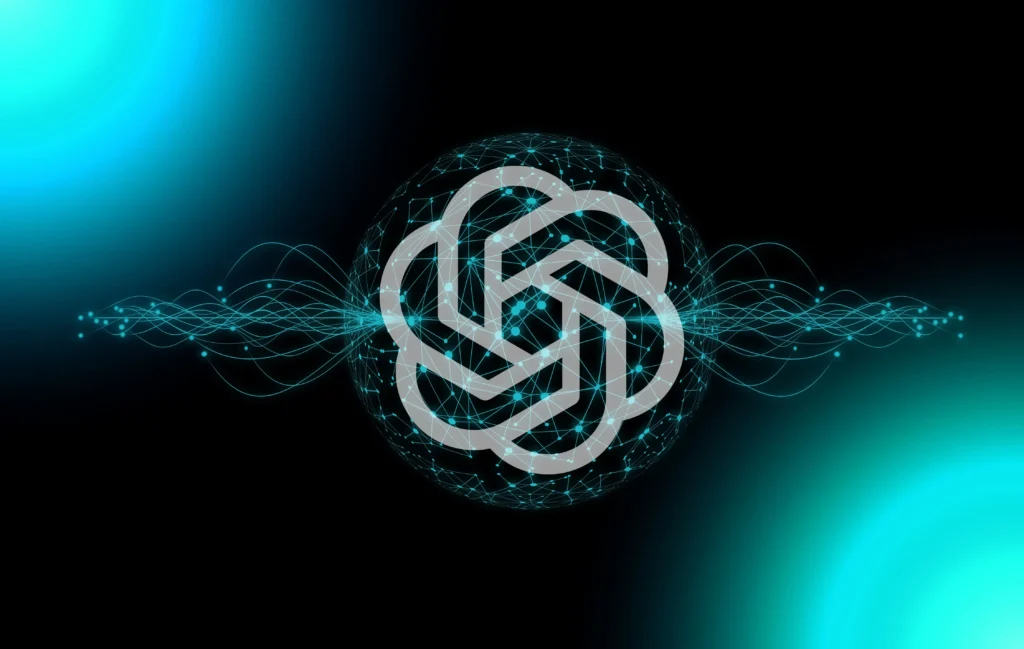
AI art vs human art is a growing debate in the creative world. AI art is digital artwork created using artificial intelligence. These artworks are generated through algorithms and machine learning. AI studies patterns from existing artwork to create new designs. Unlike humans, AI does not have emotions or imagination.
AI tools like DALL·E and MidJourney produce high-quality visuals in seconds. Many industries use AI-generated images for branding and marketing.In the debate of AI art vs human art, AI creations are frequently used in video production, animation, and social media, raising questions about creativity and originality.
AI Tools Used for Art
- DALL·E – Generates realistic images from text descriptions.
- MidJourney – Creates artistic and surreal digital paintings.
- Deep Dream – Transforms images into unique visual effects.
- Runway ML – Assists artists with AI-powered design tools.
27 Digi also offers AI-based digital solutions for creative industries. These include AI-enhanced image editing and video automation.
What is Human Art?
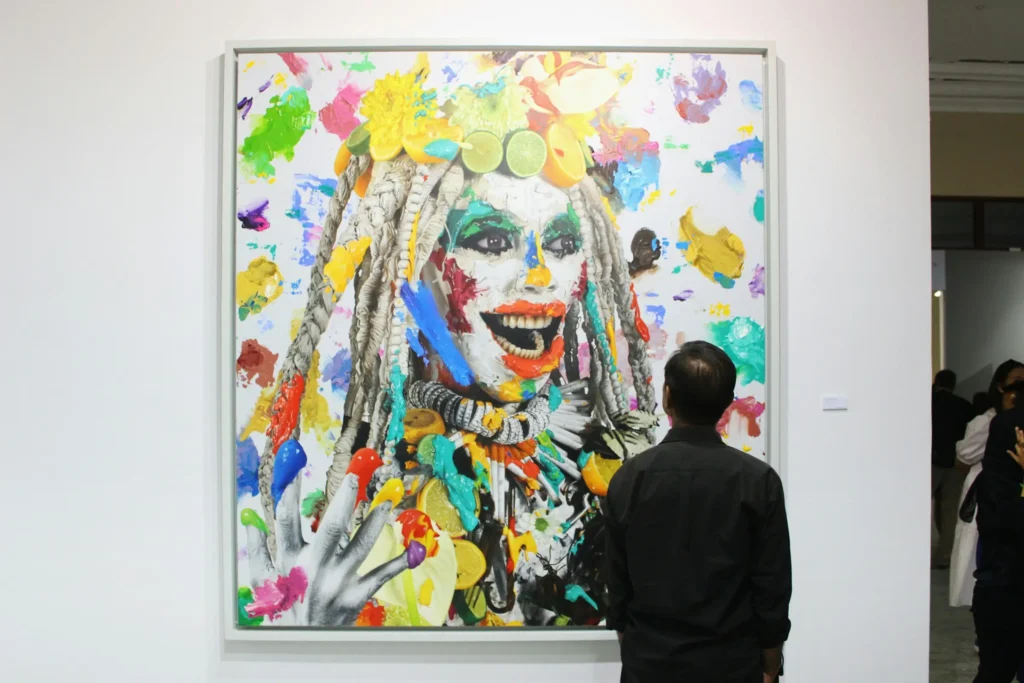
Human art is a form of personal expression. Artists use emotions, imagination, and personal experiences. Traditional methods involve painting, drawing, and sculpting.
Digital artists use software like Photoshop and Procreate. Every artist has a unique style and storytelling ability. AI art vs human art highlights the contrast between creativity driven by emotion and algorithms. Unlike AI, human artists create from their hearts, not from data.
Reference: Tate Gallery.
Types of Human Art
- Traditional Art – Includes painting, drawing, and sculpture.
- Digital Art – Created using software like Adobe Illustrator.
- Conceptual Art – Focuses on deep meanings and abstract ideas.
- Street Art – Expresses cultural and social issues creatively.
27 Digi provides digital marketing solutions for artists, helping them promote their work.
AI Art vs Human Art: Key Differences
AI and human art have fundamental differences in creativity and execution.
| Feature | AI Art | Human Art |
| Creativity | Based on patterns and data | Original imagination |
| Speed | Instant creation | Time-consuming |
| Emotions | No emotions | Deep emotional connection |
| Originality | Mimics existing styles | Unique and personal |
| Cost | Low-cost and scalable | Can be expensive |
AI lacks personal emotions, making it less connected to real experiences. AI-generated visuals can look amazing but often lack depth.
Limitations of AI Art Vs Human Art
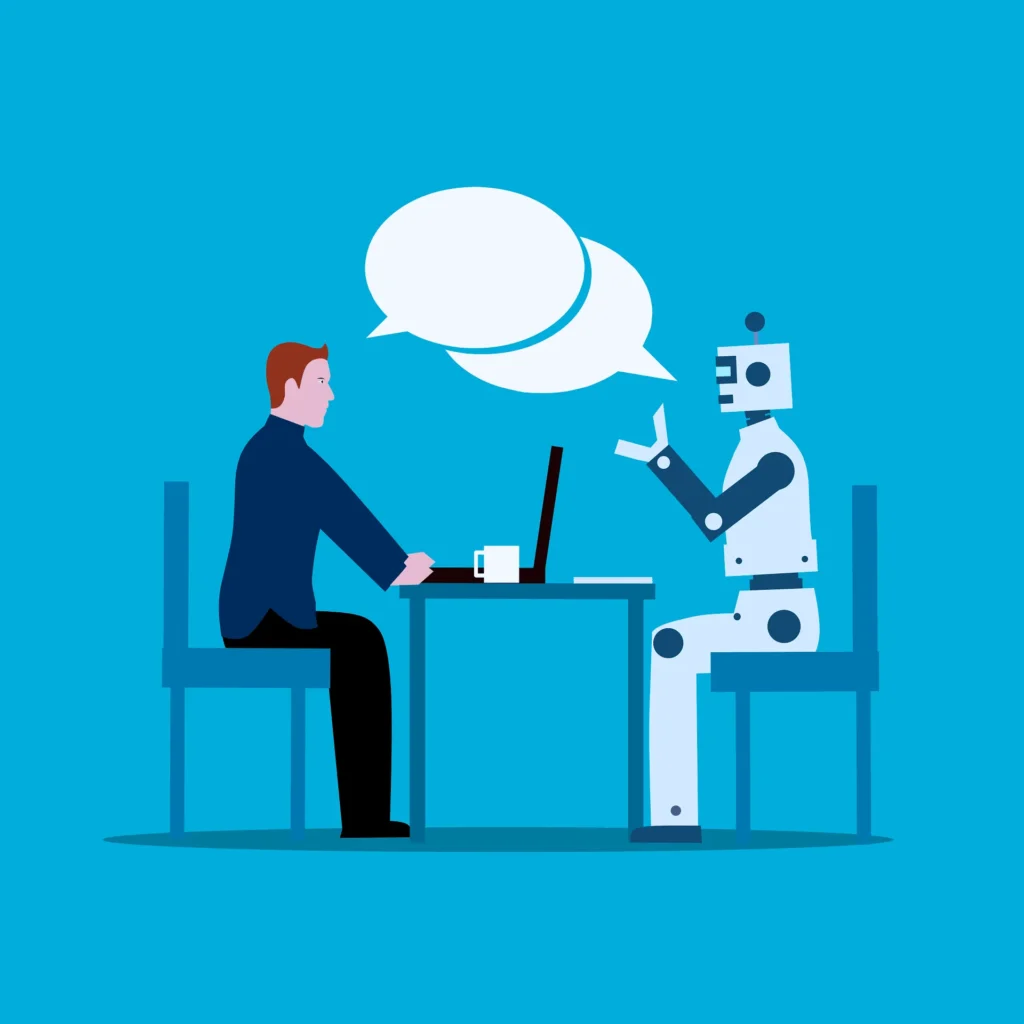
The AI art vs human art debate highlights that both AI-generated and human-created art come with their own unique challenges and limitations.
Limitations of AI Art
AI-generated art, while impressive, has several drawbacks:
- AI lacks true creativity.
- AI depends on pre-existing data.
- AI cannot create from personal experiences.
- AI-generated images can look repetitive.
- AI art raises copyright and ownership issues.
- AI struggles with abstract and deeply personal themes.
Limitations of Human Art
Human artists also face many challenges in the creative process:
- Creating traditional art takes more time.
- Some artistic skills require years of practice.
- Traditional art materials can be expensive.
- Art is subjective and may not appeal to everyone.
- Artists need platforms to promote their work.
Reference: Saatchi Art.
27 Digi offers SEO and content marketing services for artists to increase theire presence in the market.
Advantages of AI Art and Human Art
AI has reshaped art, offering new possibilities while fulfilling human creativity.
Advantages of AI Art
AI-generated art has many benefits.
- AI is fast and efficient, producing results in seconds.
- AI can generate multiple variations quickly.
- AI tools require no artistic training.
- AI allows users to experiment with different styles.
- AI art is useful for commercial applications.
- AI enhances digital marketing and advertising.
- AI-based art tools are available for free or at low cost.
Advantages of Human Art
Human art has qualities that AI cannot replicate.
- Human artists create deep and emotional artworks.
- Every human artist has a unique style.
- Handcrafted art holds cultural and historical value.
- Human-made art tells stories with real-life inspiration.
- Art created by humans is highly valued by collectors.
- Artists can create without limitations of AI algorithms.
Reference: The Met Museum.
27 Digi guides artists with website development and also provides AI-driven branding and marketing solutions for businesses.
AI and Human Collaboration in Art
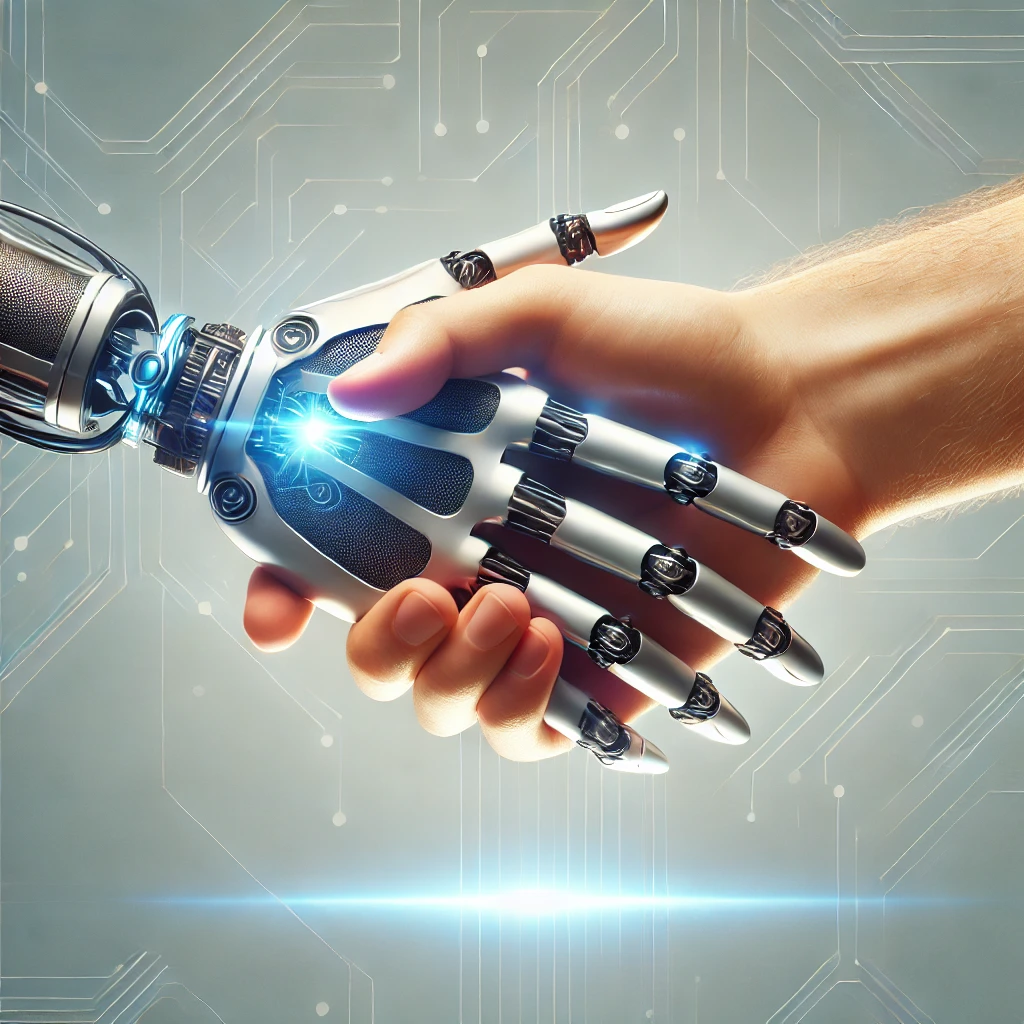
AI and human artists can collaborate instead of competing.
- AI assists artists in brainstorming new ideas.
- AI helps artists experiment with different styles.
- Many artists use AI as a creative tool rather than a replacement.
- AI improves efficiency in the creative industry.
Reference: Adobe AI Tools.
The Future of AI Art vs Human Art
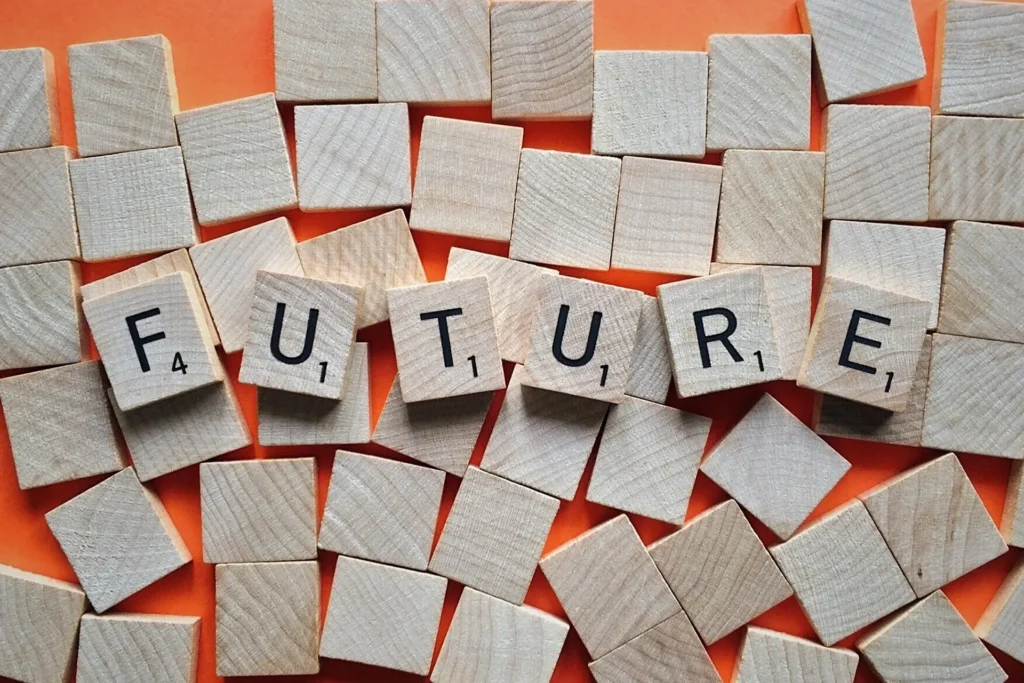
Will AI replace human artists? Probably not. AI lacks deep emotional connection and cultural value. Instead, AI will assist human creativity. The future will likely be a mix of AI-assisted and human-made art.
27 Digi provides AI-driven content creation tools to enhance artistic projects.
Conclusion
The debate between AI art vs human art is ongoing. AI-generated art is fast, efficient, and versatile. Human art is personal, emotional, and unique.
While AI can create art, it cannot replace human creativity. The future of art will likely be a combination of both. Artists should embrace AI as a tool, not a threat. Creativity will always need a human touch.
FAQs
-
Can AI create original art?
The debate of AI art vs human art highlights a key difference—AI can generate unique images, but it doesn’t “create” as humans do. It learns patterns from existing data and remixes them into something new. While the results may appear original, AI lacks imagination, emotions, and personal experiences, which are essential to human creativity.
-
Is AI-generated art considered real art?
This is a hot debate! Some say AI-generated images are art because they are visually appealing and creative. Others argue that true art requires human emotions, personal intent, and a deeper connection. AI can mimic styles, but it doesn’t feel or express emotions like human artists do.
-
Can AI replace professional artists?
Not at all! The AI art vs human art debate makes it clear that AI can’t replace artists. It can assist with ideas and productivity but lacks personal stories, intuition, and deep emotion, making it a tool rather than a true creator.
-
Who owns AI-generated art?
This is a legal gray area! In most cases, AI-generated art isn’t protected by copyright laws like human-made art. Some platforms give ownership to the user who inputs the prompts, while others claim rights over AI-generated content. It’s still an evolving topic, and regulations may change in the future.
-
How can artists benefit from AI?
Instead of fearing AI, artists can use it to their benefit! AI can help with brainstorming new concepts, testing different styles, automating tedious tasks, and even generating reference images. Think of AI as a digital assistant that speeds up the creative process rather than replacing the artist’s unique vision.


